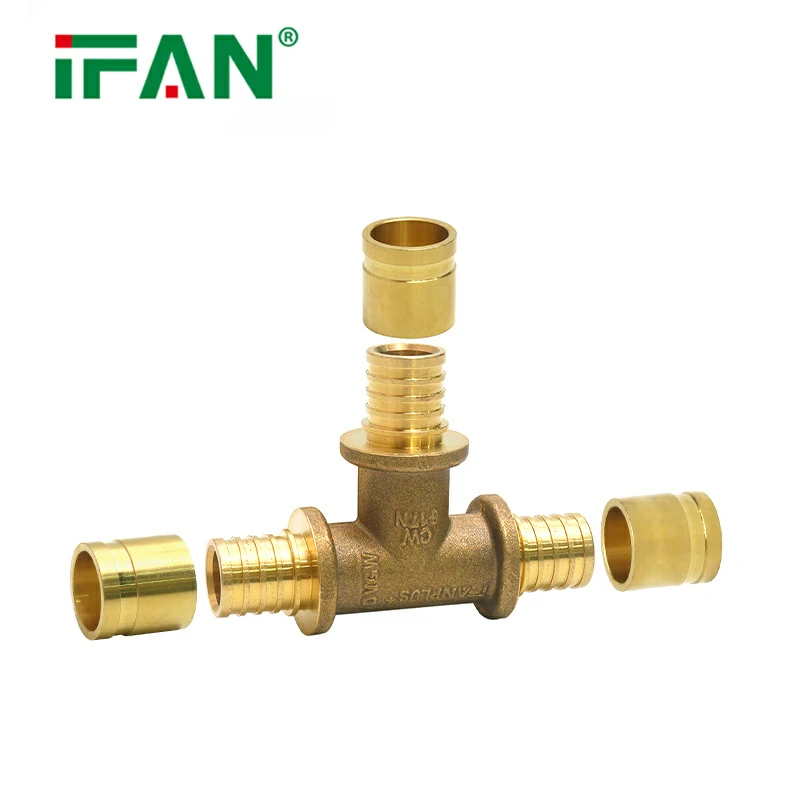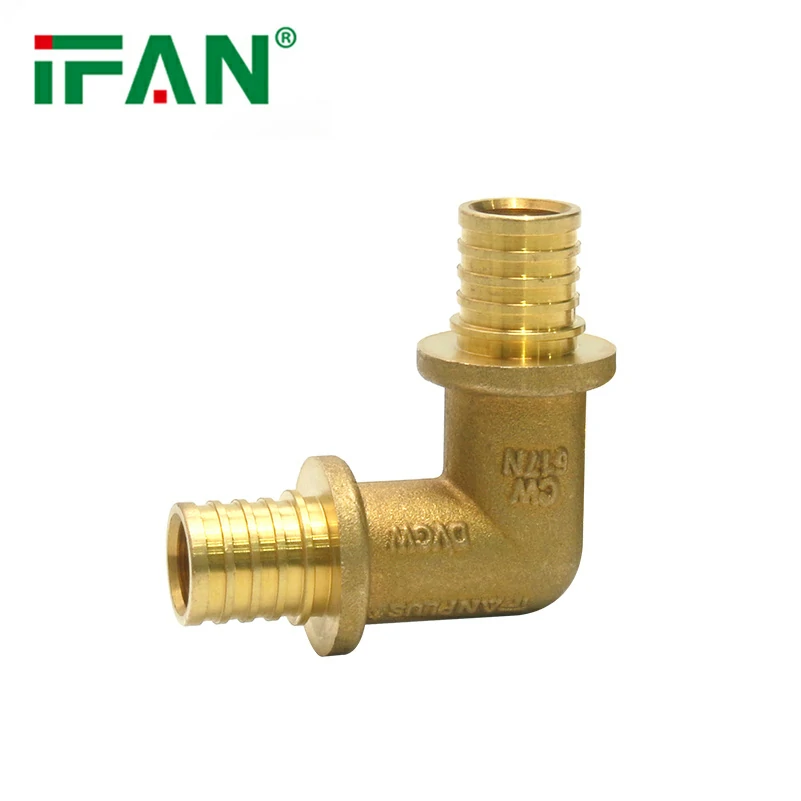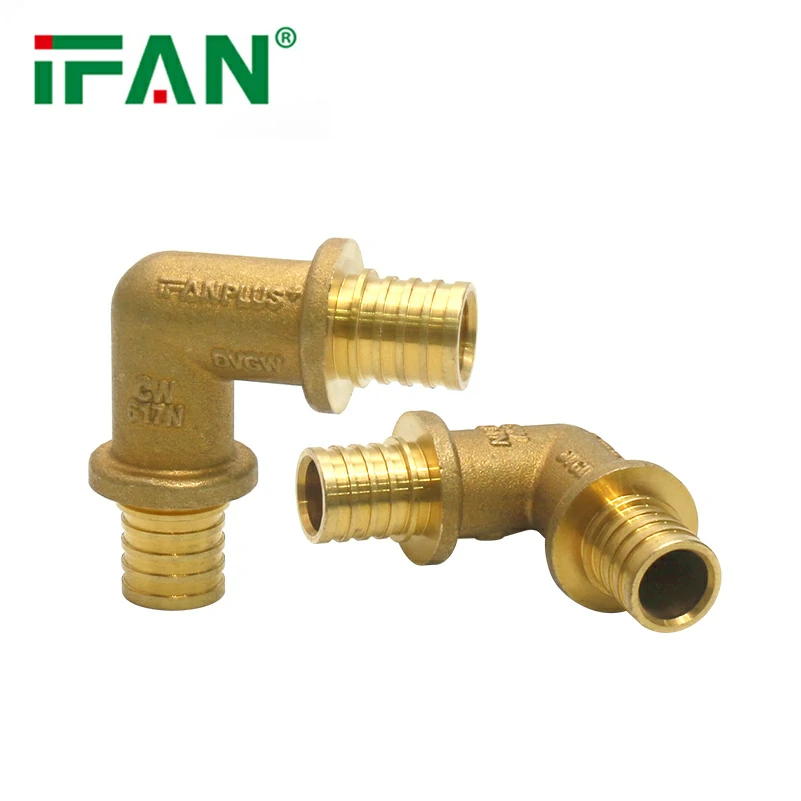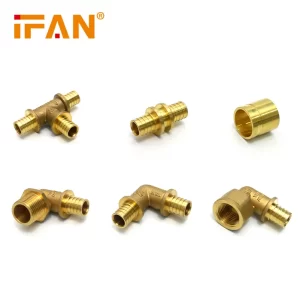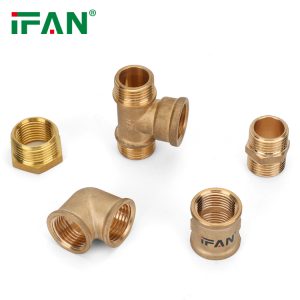Description
IFAN factory 30+ years manufacture experience support color /size customization support free sample.Welcome to consult for catalog and free samples.This is our Facebook Website:www.facebook.com,Click to watch IFAN’s product video.Compared with Tomex products, our IFAN products from quality to price are your best choice, welcome to buy!
PEX (cross-linked polyethylene) piping systems have revolutionized the plumbing industry, offering flexibility, durability, and ease of installation. Among the key components of a PEX system are PEX sliding fittings, which are designed to create secure and adjustable connections between pipes. While these fittings are known for their advantages, like easy installation and cost-effectiveness, there can still be some common problems that users encounter. In this article, we’ll discuss these problems and provide practical solutions to keep your PEX sliding fittings functioning smoothly.
What Are PEX Sliding Fittings?
Before diving into the problems, let’s briefly discuss what PEX sliding fittings are and how they work. PEX sliding fittings are designed to connect PEX pipes securely, allowing for adjustments during installation. These fittings can slide along the pipe, making them a great option for systems where flexibility is needed. They are commonly used in both residential and commercial plumbing systems due to their ease of use and durability.
Common Problems with PEX Sliding Fittings
1. Leaking at Connection Points
One of the most common issues with PEX sliding fittings is leaking at the connection points. This can occur for several reasons:
– Improper Installation: If the fitting is not properly tightened or if the pipe is not fully inserted into the fitting, it can lead to leaks.
– Worn Out O-Rings: PEX sliding fittings often have rubber O-rings that ensure a tight seal. Over time, these O-rings can wear out or degrade, leading to leaks.
– Damaged Fittings: Cracks or defects in the fittings can cause water to escape.
Solution:
– Ensure Proper Installation: Always double-check that the pipe is fully inserted into the fitting and that the fitting is tightened correctly.
– Replace O-Rings: If you notice leaks, inspect the O-rings. Replace them if they are damaged or worn out.
– Check for Damage: Inspect the fitting for cracks or any other visible damage. If damaged, replace the fitting immediately to prevent further leaks.
2. Fitting Slips or Moves Too Easily
Sometimes, users report that the PEX sliding fittings slip or move too easily after installation. This issue is most common when the fittings are not correctly adjusted or the wrong type of fitting is used.
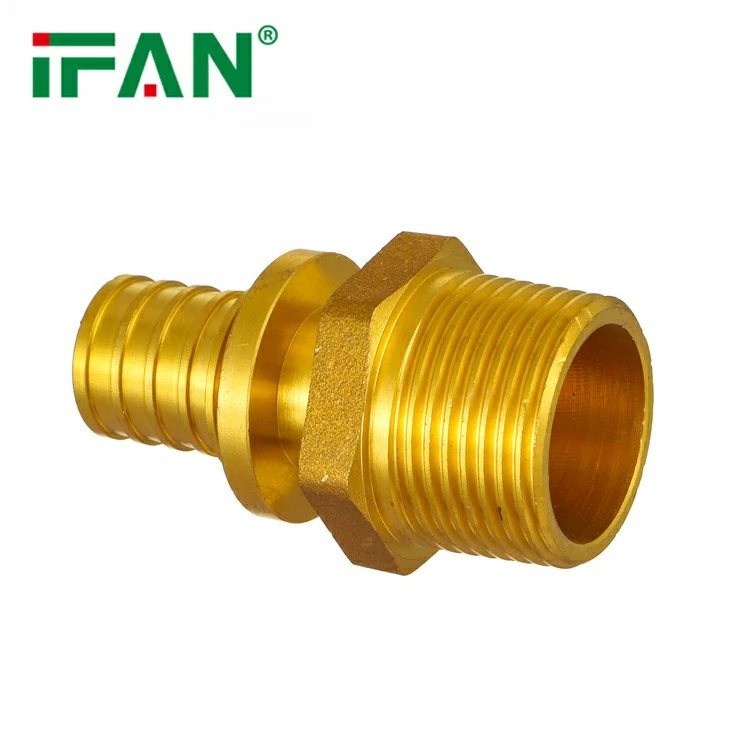
Solution:
– Secure the Fittings Properly: Ensure that the fittings are fully locked into place, as some PEX sliding fittings have a locking mechanism that needs to be engaged.
– Use the Right Fittings: Always make sure that the PEX sliding fittings are compatible with the pipe size and the material of the PEX you are using.
– Consider Locking PEX Fittings: Some sliding fittings come with a locking feature that prevents unintentional movement. Opt for these if movement is a concern.
3. Frozen or Burst Pipes in Cold Weather
PEX piping is generally resistant to freezing, but in extremely cold conditions, the sliding fittings may still suffer from freezing or even bursting, especially if the pipe has been left exposed to the elements.
Solution:
– Insulate Pipes: Properly insulate your PEX pipes and fittings, especially in areas prone to freezing temperatures. Use pipe insulation sleeves or heating cables to protect the system.
– Install in Protected Areas: Try to install PEX pipes and sliding fittings in areas less likely to be exposed to cold weather. Avoid running pipes through unheated attics or exterior walls.
4. Fitting Corrosion or Degradation
Though PEX pipes themselves are resistant to corrosion, the fittings made of brass or other materials can sometimes corrode over time, especially if exposed to water with high mineral content or harsh chemicals.
Solution:
– Use Corrosion-Resistant Fittings: Opt for PEX sliding fittings made from materials that are resistant to corrosion, such as stainless steel or polymer options.
– Monitor Water Quality: If you live in an area with hard water, consider installing a water softener or filter to reduce the risk of mineral buildup that could affect the fittings.
5. Difficulty in Removing or Adjusting Fittings
Another problem with PEX sliding fittings is difficulty in removing or adjusting them once they have been installed. This may occur due to over-tightening or because the fitting has bonded with the pipe material over time.
Solution:
– Avoid Over-Tightening: Be cautious not to over-tighten fittings during installation. Tighten them securely but not excessively to ensure easier future adjustments.
– Use Fitting Removal Tools: There are specific tools available designed to help remove stubborn PEX fittings. Use these tools to safely detach the fittings without damaging the pipes.
How to Maintain PEX Sliding Fittings for Longevity
To minimize the risk of encountering these common problems, regular maintenance is essential. Here are a few tips to maintain your PEX sliding fittings for longevity:
1. Regular Inspections: Periodically check all fittings for any signs of damage, wear, or leaks. Early detection can prevent more serious problems later.
2. Replace Worn Components: If the O-rings or other parts of the fitting appear worn or damaged, replace them promptly to avoid leaks or other issues.
3. Use the Correct Fitting Types: Always use the appropriate fittings for your specific PEX pipes. Different types of PEX systems require specific fittings.
4. Control Water Pressure: Ensure that your system is not subjected to excessive water pressure, as high pressure can strain the fittings and increase the risk of leaks.
Conclusion
PEX sliding fittings are an excellent choice for modern plumbing systems, offering flexibility, ease of installation, and durability. However, like any plumbing component, they come with their own set of challenges. By understanding the common problems and knowing the solutions, you can ensure that your PEX system remains leak-free and functions properly for years to come.
Frequently Asked Questions (FAQ)
1. Can I reuse PEX sliding fittings?
Yes, PEX sliding fittings can typically be reused as long as they are not damaged. If you need to adjust the system, you can detach and reattach the fittings with minimal issues.
2. How do I prevent my PEX pipes from freezing in the winter?
To prevent freezing, insulate the pipes and fittings properly. You can use foam insulation or heating cables to keep the pipes warm, particularly in areas exposed to cold temperatures.
3. What should I do if my PEX sliding fitting keeps leaking?
Check the O-rings for wear, and replace them if necessary. Ensure the fitting is fully inserted into the pipe and securely tightened to prevent leaks.
4. Can I use PEX sliding fittings for both hot and cold water systems?
Yes, PEX sliding fittings are compatible with both hot and cold water systems. PEX tubing is designed to handle a wide range of temperatures.
5. How long do PEX sliding fittings last?
When properly installed and maintained, PEX sliding fittings can last for several decades, providing a long-lasting solution for your plumbing system.
Related products



